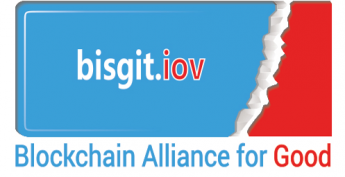Driven in large measure by the ground breaking outcomes of the United Nation’s (UN) Rio Summit of 1992, on environment and development, and the more recent UN Sustainable Development Goals (SDGs) (which replaced the Millennium Development Goals – MDGs), there has in recent decades, been a growing move towards the development of a number of sustainability/environmental certification schemes. Indeed, the number of such schemes (e.g. for commodities trading), is endless and is somewhat of a mine field, without effective guidance and support.
For example, there are well known designations such as Fairtrade and the Forest Stewardship Council (FSC). However, depending on the commodity, there are others that might provide a ‘better fit’, for example, The Better Cotton Initiative for cotton producers, Bonsucro for sugar cane producers, or the Pro Terra Standard that is primarily focused on soy-derived products. For example, ProTerra is the first certification program in the food and feed commodities sector to respond to the demand for both non-GMO soy and improved sustainability.
As I have written about in previous articles (e.g. on frugal innovation and shifts towards the developent of market equity portfolios that take account of the future impacts of climate change), there is an increasing drive towards organisations taking account of their social impact. Thus there are a growing number of ‘double bottom line’ companies being developed. For example, the B-labs of which there are more than 1,800 so called B-Corps’ that are committed to producing a measurable social impact.
Without doubt, this increasing move over the past decades towards increased socio-environmental impacts-based initiatives and certification is a good one. However, one question that does arise is how might progress towards these goals best be measured? And how might it be done in a manner that is transparent and with results that are widely available? Could Blockchain serve as possible option?

